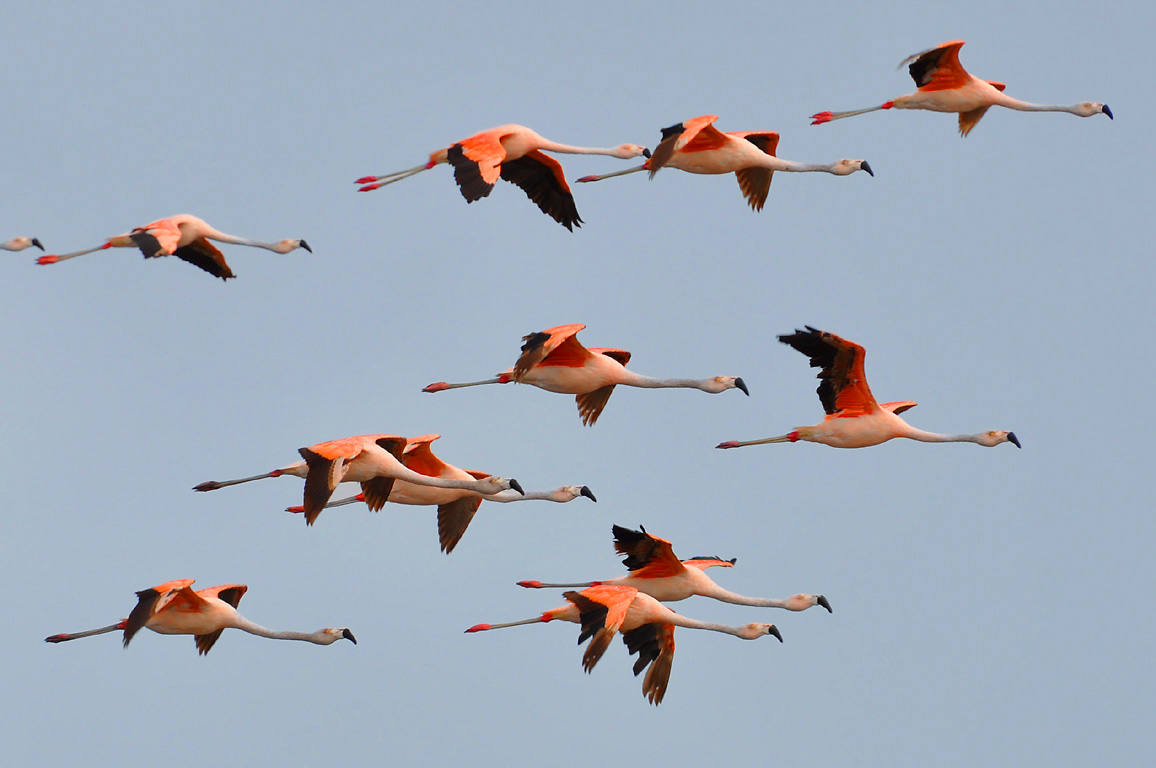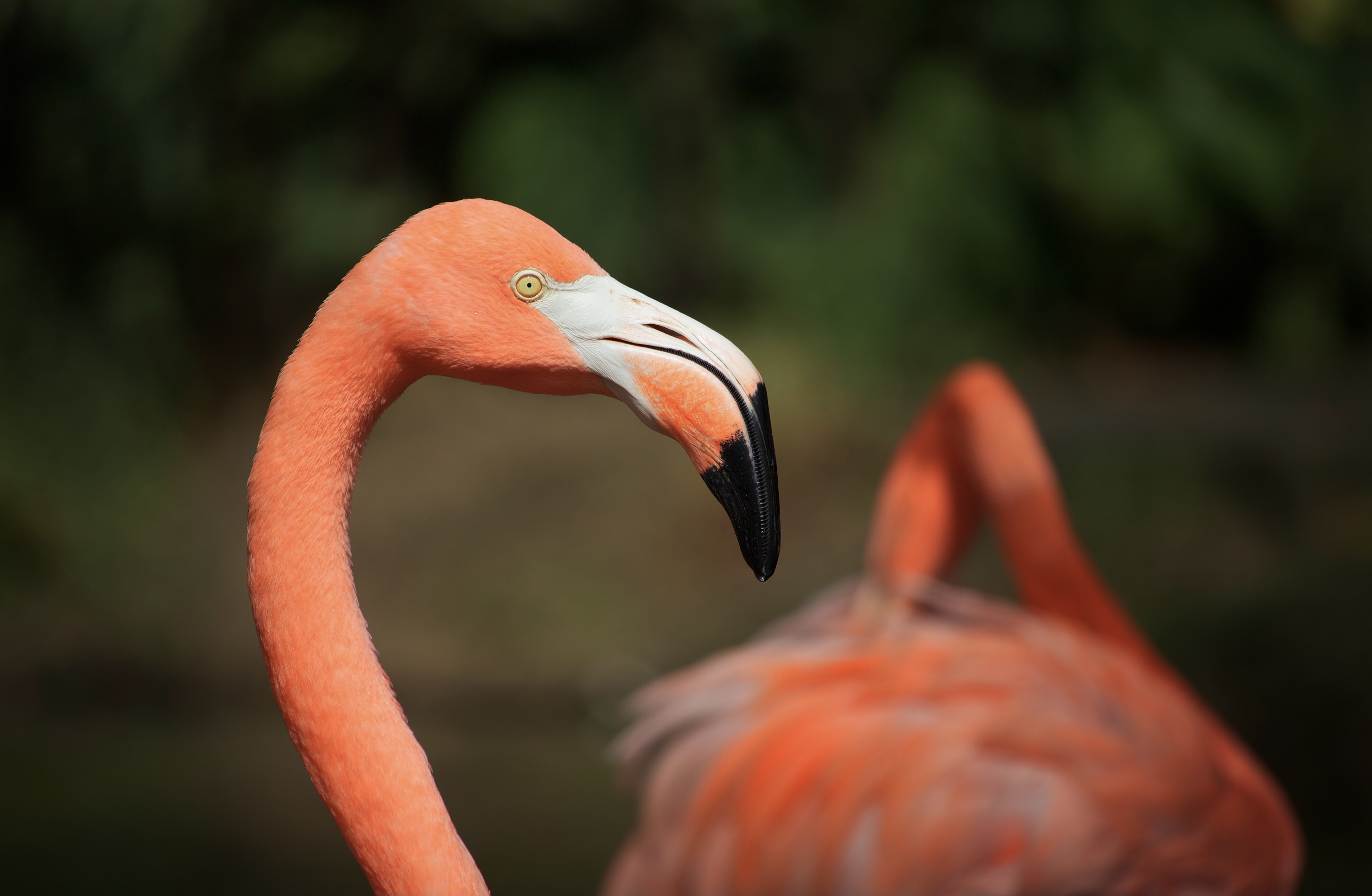|
List Of Phoenicopteriformes By Population
This is a list of Phoenicopteriformes species by global population. While numbers are estimates, they have been made by the experts in their fields. For more information on how these estimates were ascertained, see Wikipedia's articles on population biology and population ecology. Species by global population See also *Lists of birds by population *Lists of organisms by population References {{Birds by population Biology-related lists, Birds Lists of birds by population, Phoenicopteriformes ... [...More Info...] [...Related Items...] OR: [Wikipedia] [Google] [Baidu] |
Phoenicopteriformes
Phoenicopteriformes is a group of water birds which comprises flamingos and their extinct relatives. Flamingos (Phoenicopteriformes) and the closely related grebes ( Podicipedidae) are contained in the parent clade Mirandornithes. Fossil record Flamingos and their relatives are well attested in the fossil record, with the first unequivocal member of the Phoenicopteridae, ''Elornis'' known from the late Eocene epoch. Relation to extinct palaelodids The Palaelodidae – an extinct family of peculiar "swimming flamingos" – are believed to be the closest relatives of the modern flamingos, with the extinct genus ''Juncitarsus'' slightly more primitive than the clade which contains flamingos and grebes (Mirandornithes). The foot and wing anatomy of fossil palaelodids suggests that they were surface-swimming birds, rather than grebe-like divers as was proposed in the past. Whether swimmers or divers, that both primitive phoenicopteriforms and their closest relatives, the gre ... [...More Info...] [...Related Items...] OR: [Wikipedia] [Google] [Baidu] |
Least Concern
A least-concern species is a species that has been categorized by the International Union for Conservation of Nature (IUCN) as evaluated as not being a focus of species conservation because the specific species is still plentiful in the wild. They do not qualify as threatened, near threatened, or (before 2001) conservation dependent. Species cannot be assigned the "Least Concern" category unless they have had their population status evaluated. That is, adequate information is needed to make a direct, or indirect, assessment of its risk of extinction based on its distribution or population status. Evaluation Since 2001 the category has had the abbreviation "LC", following the IUCN 2001 Categories & Criteria (version 3.1). Before 2001 "least concern" was a subcategory of the "Lower Risk" category and assigned the code "LR/lc" or lc. Around 20% of least concern taxa (3261 of 15636) in the IUCN database still use the code "LR/lc", which indicates they have not been re-evaluate ... [...More Info...] [...Related Items...] OR: [Wikipedia] [Google] [Baidu] |
Lists Of Organisms By Population
This is a collection of lists of organisms by their population. While most of the numbers are estimates, they have been made by the experts in their fields. Species population is a science falling under the purview of population ecology and biogeography. Individuals are counted by census, as carried out for the piping plover; using the transect method, as done for the mountain plover; and beginning in 2012 by satellite, with the emperor penguin being first subject counted in this manner. Number of species More than 99 percent of all species, amounting to over five billion species, that ever lived on Earth are estimated to be extinct. Estimates on the number of Earth's current species range from 10 million to 14 million, of which about 1.2 million have been documented and over 86 percent have not yet been described. According to another study, the number of described species has been estimated at 1,899,587. 2000–2009 saw approximately 17,000 species described per year. The total ... [...More Info...] [...Related Items...] OR: [Wikipedia] [Google] [Baidu] |
Lists Of Birds By Population
This is a list of bird species by global population, divided by bird classification. While numbers are estimates, they have been made by the experts in their fields. For more information on how these estimates were ascertained, see Wikipedia's articles on population biology and population ecology. Contributing organizations include the IUCN, BirdLife International, and Partners in Flight. The average global population of all mature birds is estimated to be somewhat less than 90 billion (actually, somewhere between 40 and 130 billion; this too is a rough estimate). The total population including younglings is somewhat higher during the breeding season of each species. This list is incomplete, because experts have not estimated all bird numbers. For example, the spectacled flowerpecker was only discovered in 2010, and did not receive its scientific name (''Dicaeum dayakorum'') until 2019,Saucier, Jacob R.; Milensky, Christopher M.; Caraballo-Ortiz, Marcos A.; Ragai, Roslina; Dahlan, ... [...More Info...] [...Related Items...] OR: [Wikipedia] [Google] [Baidu] |
Phoeniconaias Minor3
''Phoeniconaias'' is a genus of birds in the flamingo family Phoenicopteridae. The genus contains one extant species, the lesser flamingo (''Phoenicopterus minor'') occurring in sub-Saharan Africa and western India, and an extinct species ''Phoeniconaias proeses'' from the Pliocene The Pliocene ( ; also Pleiocene) is the epoch in the geologic time scale that extends from 5.333 million to 2.58Phoeniconaias Bird genera Taxa descri ... [...More Info...] [...Related Items...] OR: [Wikipedia] [Google] [Baidu] |
Lesser Flamingo
The lesser flamingo (''Phoeniconaias minor'') is a species of flamingo occurring in sub-Saharan Africa and western India. Birds are occasionally reported from further north, but these are generally considered Vagrancy (biology), vagrants. Characteristics The lesser flamingo is the smallest species of flamingo, though it is a tall and large bird by most standards. The species can weigh from . The standing height is around . The total length (from beak to tail) and wingspan are in the same range of measurements, from . Most of the plumage is pinkish white. The clearest difference between this species and the greater flamingo, the only other Old World species of flamingo, is the much more extensive black on the bill. Size is less helpful unless the species are together, since the sexes of each species also differ in height. The extinct species ''Phoeniconaias proeses'' in the same genus, from the Pliocene of Australia, is thought to have been even smaller. The lesser flamingo may ... [...More Info...] [...Related Items...] OR: [Wikipedia] [Google] [Baidu] |
Flamant Rose à L'envo
Flamant is the French French (french: français(e), link=no) may refer to: * Something of, from, or related to France ** French language, which originated in France, and its various dialects and accents ** French people, a nation and ethnic group identified with Franc ... for flamingo. It may refer to: * Flamant (company), a European interior decoration brand *The Dassault MD 315 Flamant, an aircraft * Flamant class patrol vessel, a type of ship * Flamant solution, the solution to a problem in linear elasticity provided by A. Flamant in 1892 See also * Flamand (other) {{disambig ... [...More Info...] [...Related Items...] OR: [Wikipedia] [Google] [Baidu] |
Greater Flamingo
The greater flamingo (''Phoenicopterus roseus'') is the most widespread and largest species of the flamingo family. It is found in Africa, the Indian subcontinent, the Middle East, and in southern Europe. Taxonomy The greater flamingo was described by Peter Simon Pallas in 1811. It was previously thought to be the same species as the American flamingo (''Phoenicopterus ruber''), but because of coloring differences of its head, neck, body, and bill, the two flamingos are now most commonly considered separate species. The greater flamingo has no subspecies. Description The greater flamingo is the largest living species of flamingo, averaging tall and weighing . The largest male flamingos have been recorded at up to tall and . Most of the plumage is pinkish-white, but the wing coverts are red and the primary and secondary flight feathers are black. The bill is pink with a restricted black tip, and the legs are entirely pink. The call is a goose-like honking. Chicks are cover ... [...More Info...] [...Related Items...] OR: [Wikipedia] [Google] [Baidu] |
Phoenicopterus Chilensis FLAMENCO Dario Niz
''Phoenicopterus'' is a genus of birds in the flamingo family Phoenicopteridae. Taxonomy The genus ''Phoenicopterus'' was introduced in 1758 by the Swedish naturalist Carl Linnaeus in the tenth edition of his ''Systema Naturae'' to accommodate a single species, the American flamingo ''Phoenicopterus ruber''. The genus name is Latin Latin (, or , ) is a classical language belonging to the Italic branch of the Indo-European languages. Latin was originally a dialect spoken in the lower Tiber area (then known as Latium) around present-day Rome, but through the power of the ... for "flamingo". Species The genus contains three species. References Phoenicopterus Taxa named by Carl Linnaeus Bird genera {{bird-stub ... [...More Info...] [...Related Items...] OR: [Wikipedia] [Google] [Baidu] |
Chilean Flamingo
The Chilean flamingo (''Phoenicopterus chilensis'') is a species of large flamingo at closely related to the American flamingo and the greater flamingo, with which it was sometimes considered conspecific. The species is listed as near threatened by the IUCN. It breeds in South America from Ecuador and Peru to Chile and Argentina and east to Brazil; it has been introduced into the Netherlands. Like all flamingos, it lays a single chalky-white egg on a mud mound. These flamingos are mainly restricted to salt lagoons and soda lakes but these areas are vulnerable to habitat loss and water pollution. Description The plumage is pinker than the slightly larger greater flamingo, but less so than the Caribbean flamingo. It can be differentiated from these species by its grayish legs with pink joints ( tibiotarsal articulation), and also by the larger amount of black on the bill (more than half). Young chicks may have no sign of pink coloring whatsoever, but instead remain gray or p ... [...More Info...] [...Related Items...] OR: [Wikipedia] [Google] [Baidu] |
American Flamingo (Phoenicopterus Ruber)
The American flamingo (''Phoenicopterus ruber'') is a large species of flamingo closely related to the greater flamingo and Chilean flamingo native to the Neotropics. It was formerly considered conspecific with the greater flamingo, but that treatment is now widely viewed (e.g. by the American and British Ornithologists' Unions) as incorrect due to a lack of evidence. It is also known as the Caribbean flamingo, although it is also present in the Galápagos Islands. It is the only flamingo that naturally inhabits North America. Distribution The American flamingo breeds in South America (in the Galápagos Islands of Ecuador, coastal Colombia and Venezuela, and northern Brazil), in the West Indies (Trinidad and Tobago, Cuba, Jamaica, Hispaniola (the Dominican Republic and Haiti), The Bahamas, the Virgin Islands, and the Turks and Caicos Islands), and tropical areas of continental North America (along the northern coast of the Yucatán Peninsula in Mexico, and Cameron Parish, Louis ... [...More Info...] [...Related Items...] OR: [Wikipedia] [Google] [Baidu] |
American Flamingo
The American flamingo (''Phoenicopterus ruber'') is a large species of flamingo closely related to the greater flamingo and Chilean flamingo native to the Neotropics. It was formerly considered conspecific with the greater flamingo, but that treatment is now widely viewed (e.g. by the American and British Ornithologists' Unions) as incorrect due to a lack of evidence. It is also known as the Caribbean flamingo, although it is also present in the Galápagos Islands. It is the only flamingo that naturally inhabits North America. Distribution The American flamingo breeds in South America (in the Galápagos Islands of Ecuador, coastal Colombia and Venezuela, and northern Brazil), in the West Indies (Trinidad and Tobago, Cuba, Jamaica, Hispaniola (the Dominican Republic and Haiti), The Bahamas, the Virgin Islands, and the Turks and Caicos Islands), and tropical areas of continental North America (along the northern coast of the Yucatán Peninsula in Mexico, and Cameron Parish, Louis ... [...More Info...] [...Related Items...] OR: [Wikipedia] [Google] [Baidu] |





